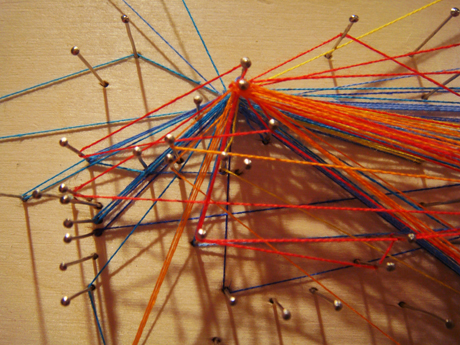
TWO-FACED CARTOGRAPHY: A STUDY OF CONTEMPORARY MAPPING PRACTICES & COMMUNICATION
Contemporary cartography provides numerous sources of knowledge and information to users as well as infinite possibilities to mapmakers and designers. The current field, split into two main types, has benefited greatly from advances in technology and the Internet, which have completely revolutionized the way in which cartographers create maps as well as how users interact with them. The two distinct categories recognized within cartography based on content; the topographic map presents the physical and geographical, while the thematic map displays the non-physical and abstract. A new term has been given to thematic maps as a product of the Internet’s need for innovative abbreviations and words; infographics or information graphics are fast, visually-captivating, and sometimes interactive representations of data. Given the present highly visual culture, maps greatly facilitate the reading and understanding of information, making thematic maps or infographics essential tools for communicating any non-geographical subject.
In my body of work, I test the ordinary conventions of map design and practice. Since my interest and topic is modern cartography, I was interested in creating a thematic map that abstracted the information that I collected even further. This allows for the information to be appreciated purely for its aesthetic qualities, while still serving as a visual translation of the data. I chose to use my daily activities as the source of my data collection to have a more personal experience with the actual process of recording. By not having technology compile and analyze the data, it has been an active process through all the steps of mapping. Another reason for choosing to display my daily life has been to take something mundane and unimportant, and make it meaningful and factual. This demonstrates that any subject can be mapped; what ultimately proves to be important is the way in which the information is interpreted and expressed visually. I have chosen wood for my pieces since its rings denote time, and my work illustrates a record of 42 days.
SECTOR B: Art and Culture of Seeing
ADVISERS: Alexandra Schimdt-Ulrich | Ian Verstegan (VLST)

 Visual Studies
Visual Studies